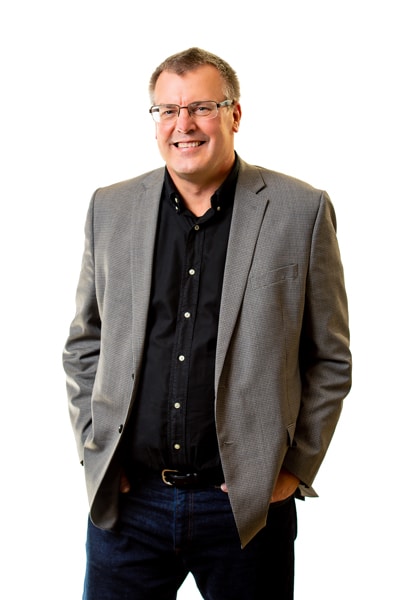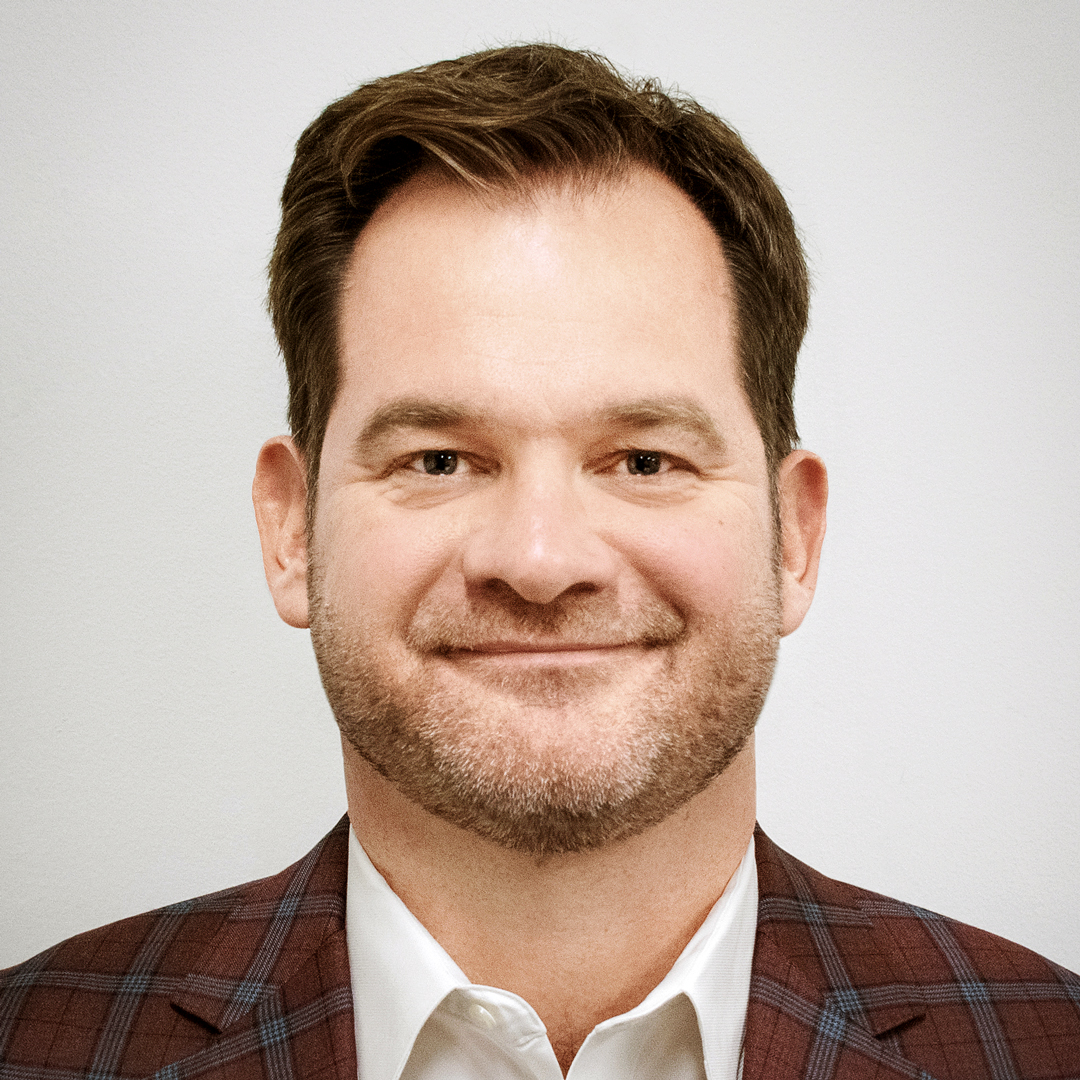|
Getting your Trinity Audio player ready...
|
“I’m a lifelong learner,” says Ron Scheese, president and CEO of cloud-based life insurance company Andesa Services. “So a lot of what I do, even in my leadership, is about teaching and constantly growing through education.” Not only has Scheese been growing as a leader throughout his fourteen years with the company, but Andesa has evolved as well: it recently became fully employee owned.

The decision to transition Andesa into a full employee stock ownership plan (ESOP) model was ultimately a product of its long-standing position as a people-first organization. “The biggest drivers [of this decision] are, really, a combination of the aging of the company’s shareholders and, the right structure to preserve the company’s vision for the long term,” Scheese says.
Some of Andesa’s first employees were given stock in exchange for their investment into the company, but as the privately held company grew, that model became less sustainable and the practice ended.
When Scheese was hired in 2006 as Andesa’s chief financial officer, the company had started to grow a little too fast, and had only recently begun paying back shareholders for a low period in the company’s history. The timing wasn’t right for an expansion of ownership, Scheese says.
To that end, Scheese began having conversations with smaller outside investors and friends of the firm to aid in shareholder succession. Those conversations reinforced that employee ownership seemed like the right thing to do. “I think employee ownership has always been the vision,” he notes.
“A lot of what I do, even in my leadership, is about teaching and constantly growing through education.”
That led them to the ESOP model, which they began implementing in 2015 with an 8 percent stock acquisition from one of their shareholders, which they passed along to the workforce (with the help of some bank financing). And on January 2, 2020, Andesa completed a second-stage transaction to take their ESOP to 100 percent.
Scheese is more than willing to admit that he had some reservations about making that transition. “It was a good period of soul searching,” he says. But two major factors convinced him that an ESOP was the right way to go. The first was that the firm’s major clients, many of whom are large insurance carriers, felt invested in Andesa’s longevity as an independent company.
Second, and most important, is the company’s commitment to its people. “We believe that Andesa became better served, and may be best served over the long term, by remaining independent and self-governed, with the benefit of ownership in the hands of employees,” Scheese explains.
Moving from 8 percent to 100 percent ESOP wasn’t easy, though. First, the company needed to find the right balance between organizational risk and shareholder return. “If you think about it, those original owners are moving from an ownership shareholder role to a creditor position, because we weren’t going to be able to finance 100 percent of the transaction,” he notes. However, with the help of some shareholder debt and bank financing, Scheese and his team found the right balance to cover the ESOP.
“We believe that Andesa became better served, and may be best served over the long term, by remaining independent and self-governed, with the benefit of ownership in the hands of employees.”
Finding the right bank and the right advisors also proved immensely helpful to Andesa’s search for employee ownership. “Our company does not have a lot of fixed assets,” Scheese notes, making collateral a difficult proposition. But eventually, they struck a deal with Des Moines-based institution Bankers Trust to help finance the ESOP. “They understood that we are a service entity and that most of our value is really in our continued long-term cash flows,” Scheese says.
“If you were to ask me back in 2018, I would have told you that we would have stair-stepped our way to 100 percent,” Scheese admits. “But we were able to get this done by working with the right people.”
Andesa’s ESOP has proven to be empowering, not just for the company’s 165 employees but also Scheese himself. “I don’t know that it changed me as a leader, but it perhaps reinforced something or brought something to my attention that I hadn’t given as much weight to before,” he says.
Over the course of the process, Scheese has learned the value of timing. “Sometimes as leaders, we set our own timetables, and we want to get things done by such and such day,” he says. But this process taught him to pace himself and the organization based around its needs.
Furthermore, he credits constant communication and perseverance with the success of their ESOP transition. “Things change, and what you thought was going to happen in April is different by August and October and November,” says Scheese. “You have to always communicate through that.”
Now, with Andesa having placed 100 percent of its ownership in the hands of its employees, Scheese sees a bright future for the company. They recently joined the Tugboat Institute, an organization whose purpose is to promote ‘evergreen companies’ that have long-term outlooks and people-first cultures. With this new ESOP, and Scheese’s leadership, Andesa is committed to being a company that endures—or as the employees say, #AndesaForever.

